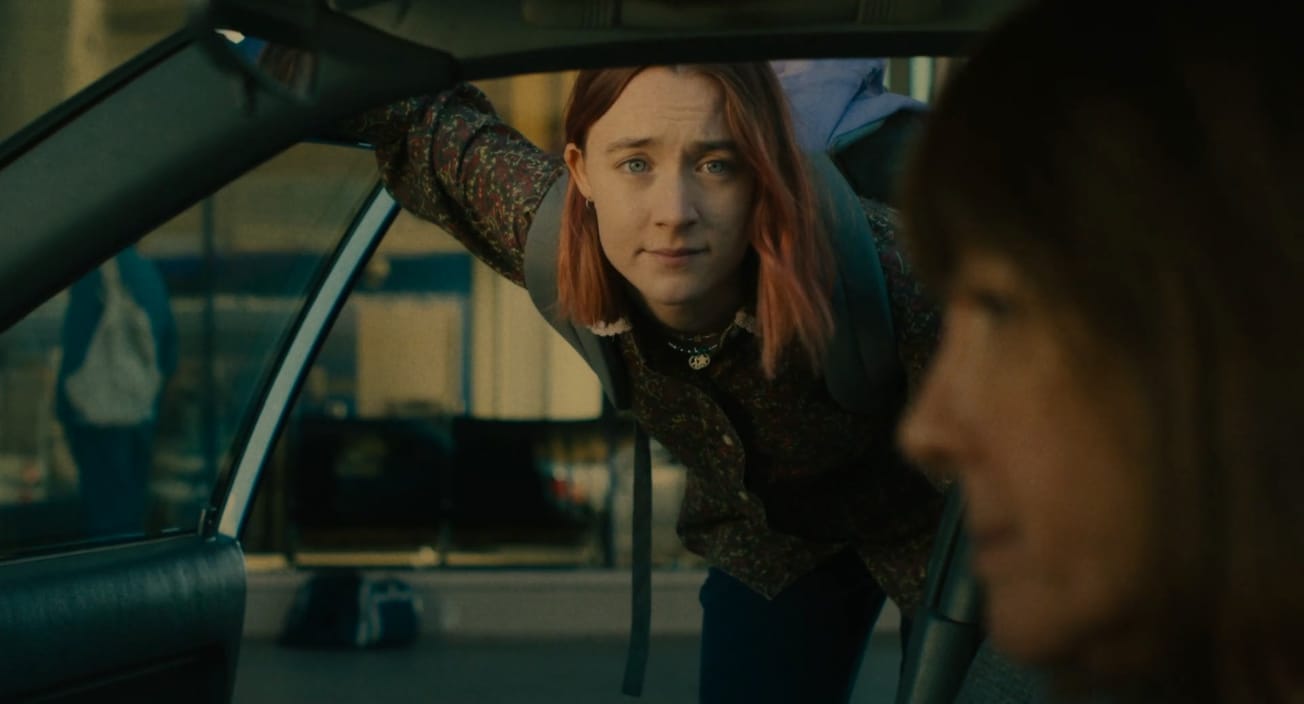By Louis Strugnell, Third Year, Film & English
Veteran Polish director Jerzy Skolimowski’s reimagining of Robert Bresson’s legendary Au Hasard Balthazar (1966) is a twisted and painful look at the way humanity and nature intersect and how this creates an impossible world for one sad little donkey.
EO (2023) explores the life of a (periodically) freed circus donkey who wanders the natural and industrial world with the curiosity and innocence that can only be found in such a forlorn animal. Complimenting his journey, the film occasionally engages with cruel, loving, or downright weird human relationships.
My naïve expectation that this would be a wholesome pilgrimage from the cruel clutches of humanity to the wonders of nature was quickly dashed. Instead, Skolimowski reminds the audience that the natural world has been irrevocably consumed by man. For our sweet donkey, this means an inhospitable world where neither the wild nor captivity are survivable.
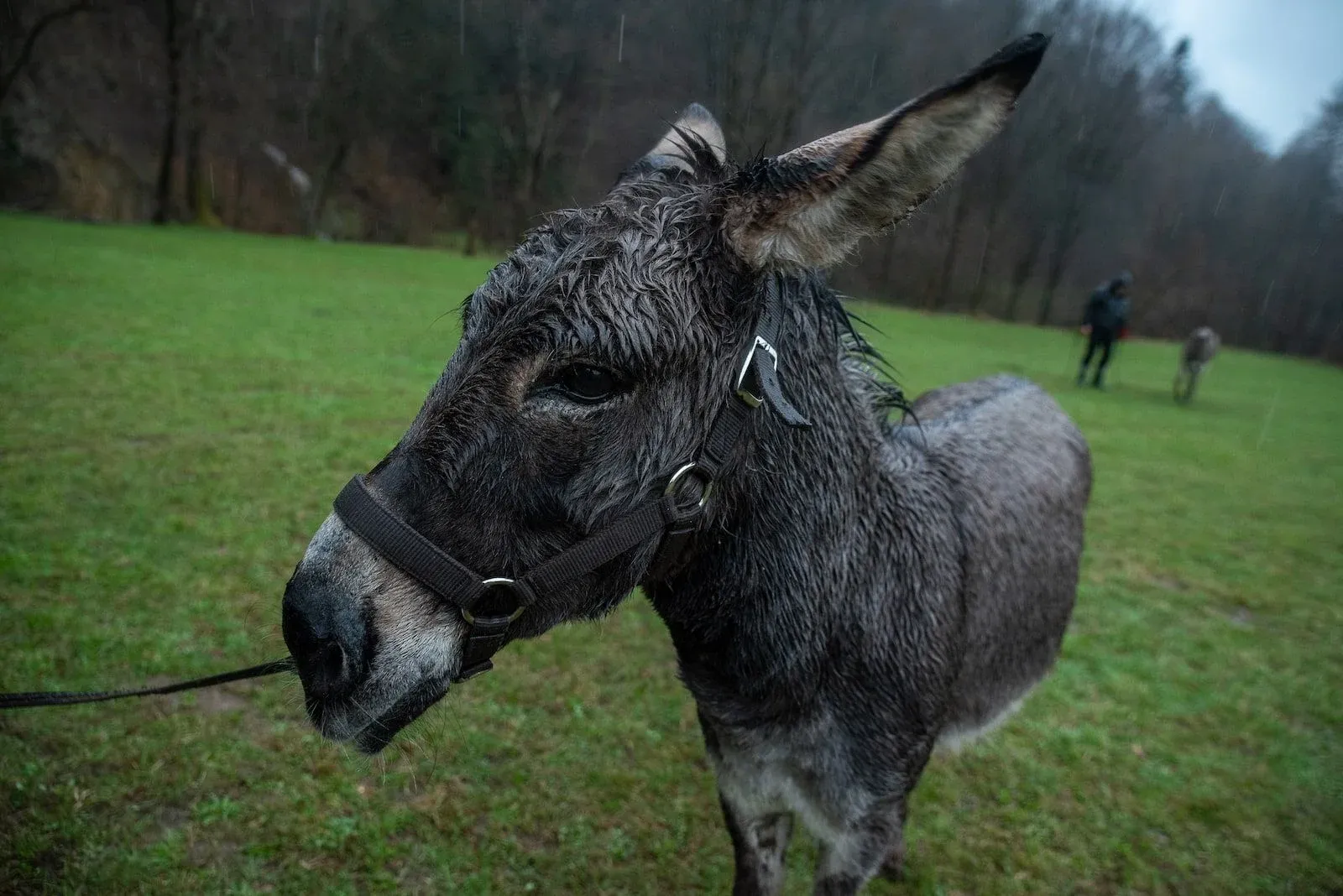
Despite their best efforts, none of the six donkeys that play EO can produce meaningful dialogue, and the emotive storytelling relies on the technical elements. The soundtrack evokes two vastly different tones- the opening dance being performed to an impassioned but melancholy score that captures the vulnerability and innocence of the obedient circus donkey.
However, as the film progresses, there is a sinister and unpredictable shift to an uncomfortably loud and aggressive EDM soundtrack that plunges EO into danger. The contradiction between such violent choices and the sorrowful stillness of an animal who appears to care little evokes an emotional response that a human character never could.
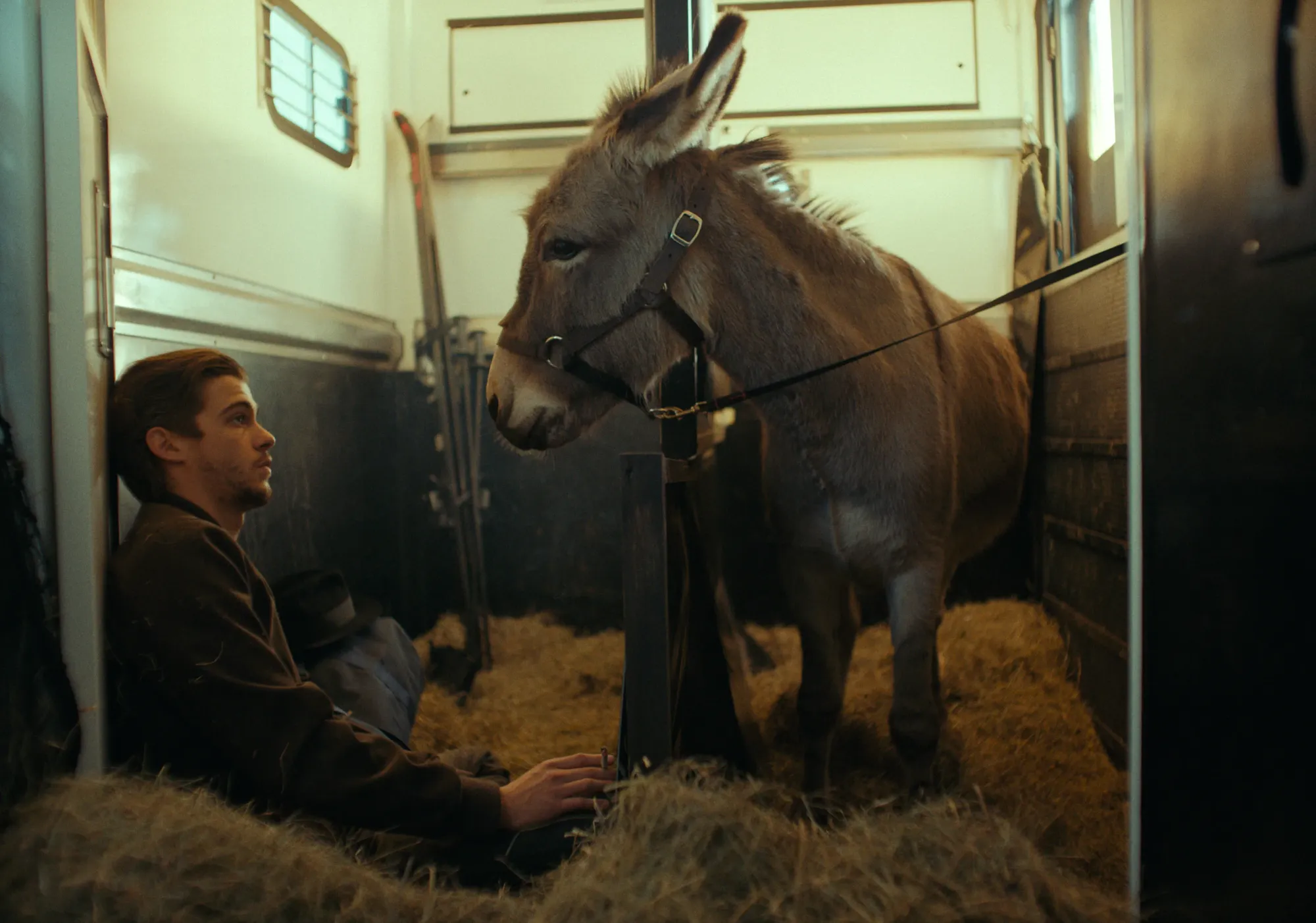
Surprisingly, this music often appears when EO is alone in nature, and while beautiful cinematography suggests that he should be at home, it is not long before this perfect existence is marred by predators, humans and animals, that exploit EO for his naivety.
Alternatively, flashbacks suggest that he remembers his time with his former performing partner, Kasandra (Drzymalska), fondly. Despite the cruel context, their genuinely loving relationship remains the one flicker of happiness in EO’s life.
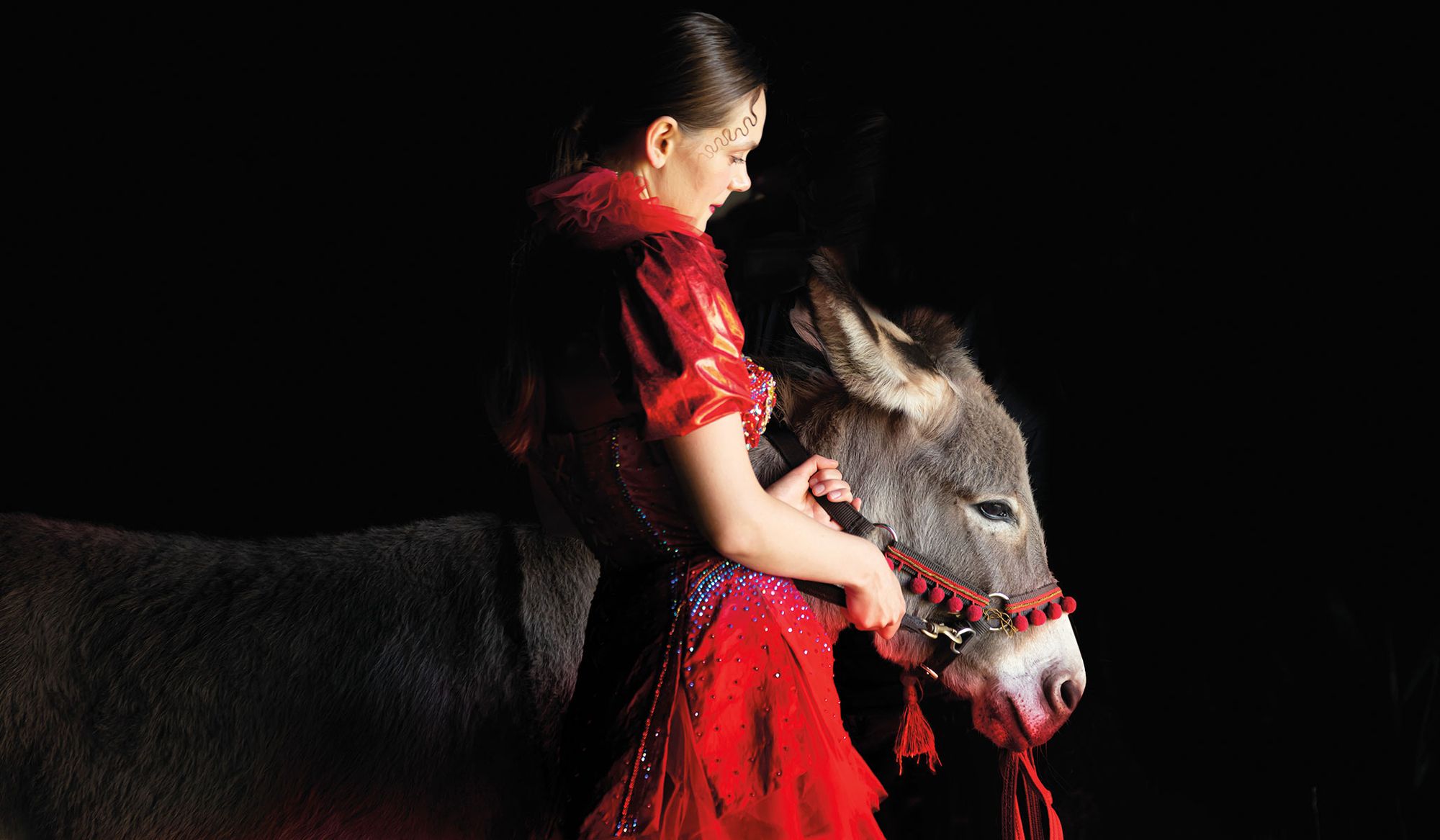
While EO’s journey remains the focus, the film delights in unrelated stories about the other characters; human, animal, and (in perhaps the most perplexing) robot.
These asides evoke sympathy for the animals that fall victim to humanity and show human relationships as transactional and uncaring. This includes moments of increasingly surreal behaviour that left me bewildered- but intrigued.
It is admittedly impossible to watch the film and not worry about the well-being of the animal actors, often seemingly in distress, but the credits assert that this was always a top priority, which serves as a comfort after the film reaches its harrowing finale.
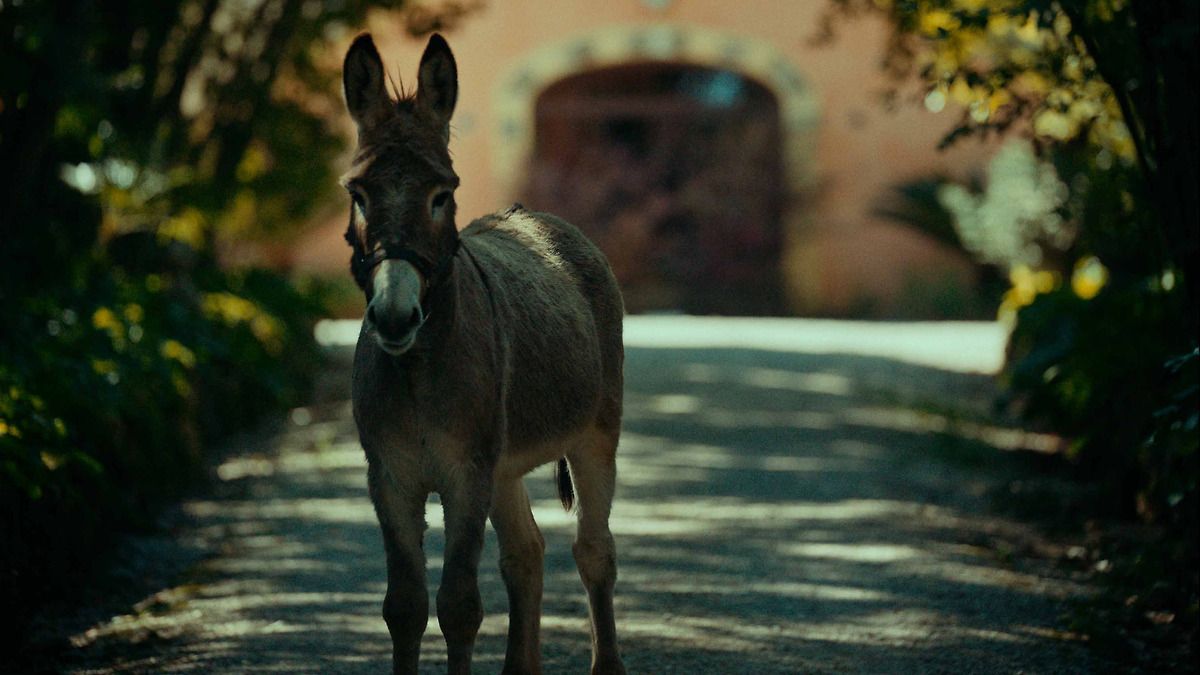
Despite my unfamiliarity with Skolimowski, this is evidently the work of a veteran whose tight grasp on the minutia of filmmaking allows him to unpack the complicated issue of an inherently abusive world with a silent and expressionless protagonist.
That is not to devalue the performances of these lachrymose donkeys- they are the essence of the film. A sea of Oscar-winning actors would be unable to produce a performance as heart-rending and memorable.
Featured Image: Courtesy of Skopia Film/Michal Dymak on IMDB
Do you think EO will win this year's International Film Academy Award?





